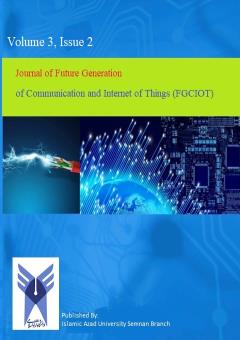Stress concentration in the joint of In718 and Mar-M247 superalloys after friction welding using the finite element method
محورهای موضوعی : Telecommunication
1 - Department of Engineering, Semnan Branch, Islamic Azad University, Semnan, Iran.
کلید واژه: Friction stir welding, superalloy, stress concentration factor, contact in ANSYS ,
چکیده مقاله :
|
Friction stir welding or FSW is a modern welding method that is performed by creating friction between two parts and generating heat during the welding process. On the other hand, in welded joints, stress concentration will cause a local increase in stress at the weld joint. Also, thermal residual stresses are created in the welding area and its surroundings, which are affected by local heat. The purpose of this research is to model and analyze the friction stir welding butt joint of the nickel-based homonymous superalloys IN718 and the non-homonymous joint IN718 and Mar-M247 using ANSYS software, and then to obtain the stress concentration coefficient of the welded joint of homonymous and non-homonymous superalloys. Finally, the stress concentration coefficients of homonymous and non-homonymous joints were examined together and also compared with experimental data. The results showed that the average stress concentration coefficient in the connection of the same-name superalloys Mar-M247 is 1.566, in the connection of the non-synonymous superalloys IN718 and Mar-M247 it is 1.63, and in the connection of two same-name superalloys IN718 it is 1.52. |


